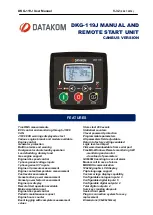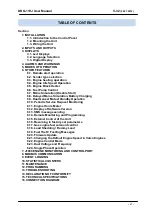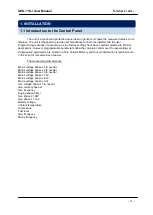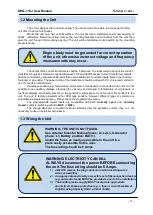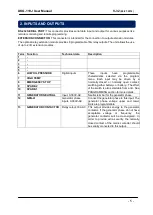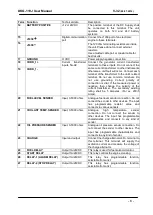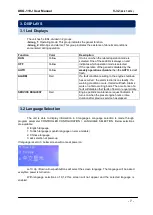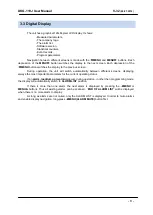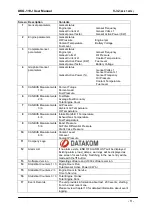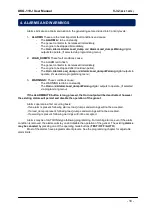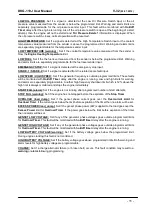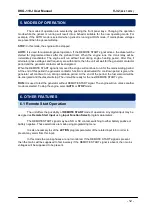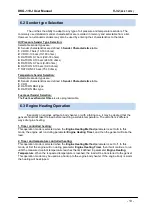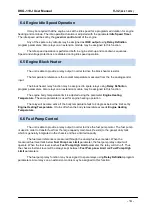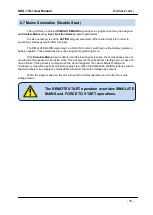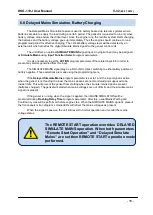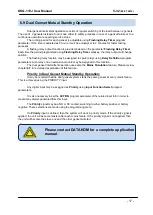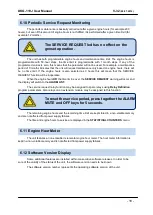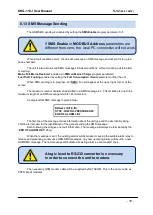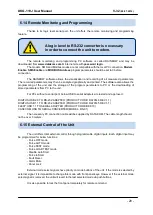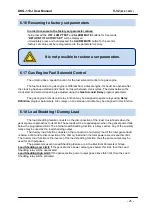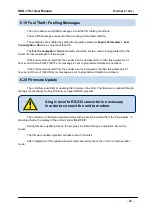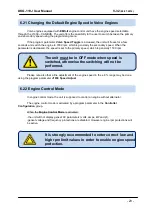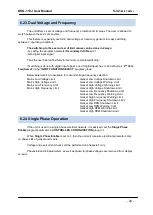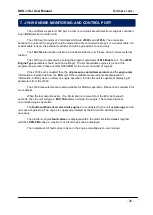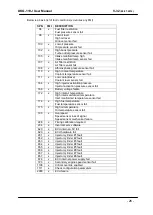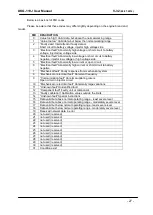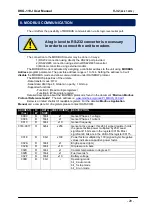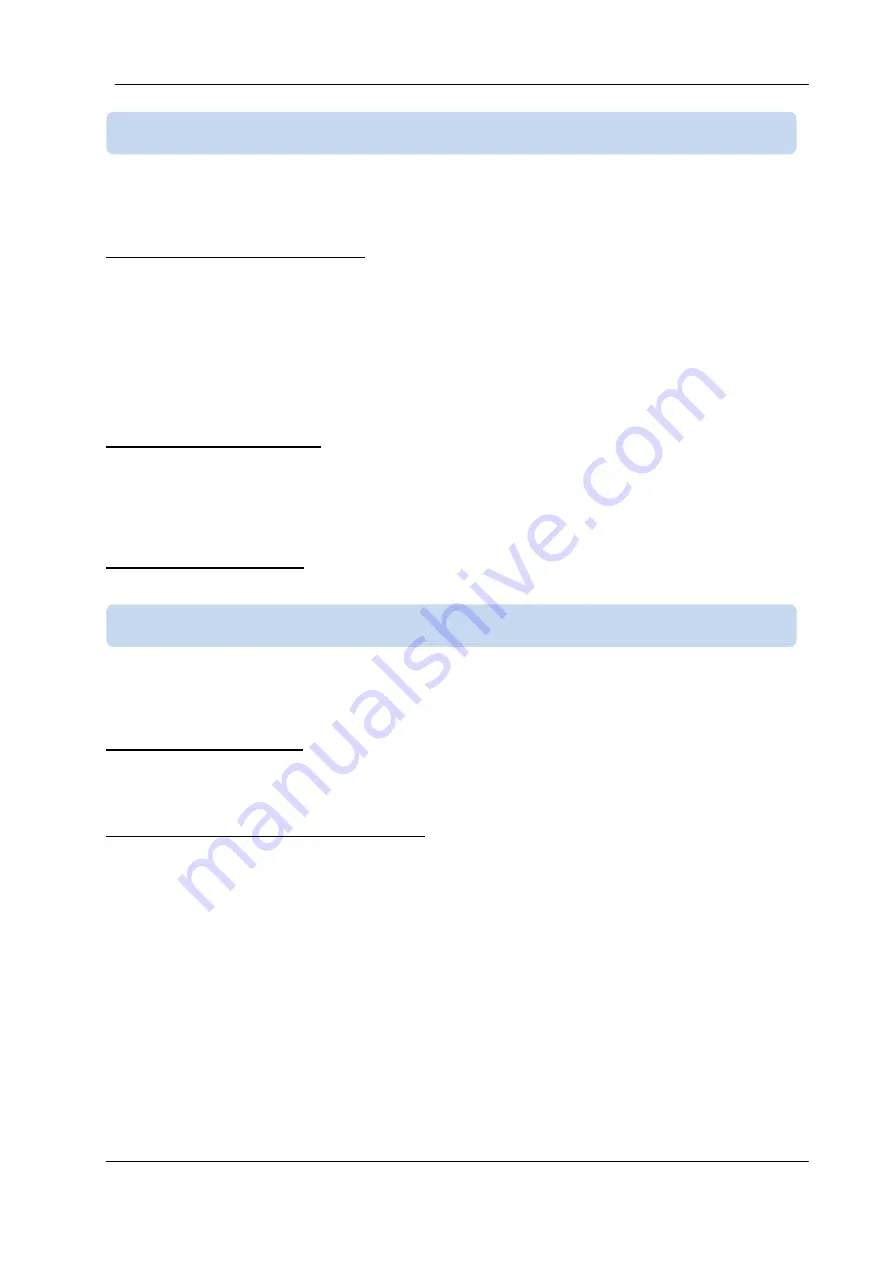
DKG-119J User Manual V-32
(09.07.2012)
- 13 -
The unit has the ability to adapt to any type of oil pressure and temperature senders. The
commonly used standard sender characteristics are recorded in memory and selectable from a list.
However non standard senders may also be used by entering their characteristics to the table.
Oil Pressure Sender Type Selection:
Selectable sender types are:
0:
Sender characteristics are defined in
Sender Characteristics
table.
1:
VDO 0-7 bars (10-180 ohms)
2:
VDO 0-10 bars (10-180 ohms)
3:
DATCON 0-7 bars (240-33 ohms)
4:
DATCON 0-10 bars (240-33 ohms)
5:
DATCON 0-7 bars (0-90 ohms)
6:
DATCON 0-10 bars (0-90 ohms)
7:
DATCON 0-7 bars (75-10 ohms)
Temperature Sender Selection:
Selectable sender types are:
0:
Sender characteristics are defined in
Sender Characteristics
table.
1:
VDO
2:
DATCON DAH type
3:
DATCON DAL type
Fuel Level Sender Selection:
The
Fuel Level Sender Ohms
is also programmable.
Especially on engines without a body heater, or with a failing one, it may be desired that the
genset should not take the load before reaching a suitable temperature. The unit offers 2 different
ways of engine heating.
1. Timer controlled heating:
This operation mode is selected when the
Engine Heating Method
parameter is set to
0
. In this
mode, the engine will run during parameter
Engine Heating Timer
, and then the genset will take the
load.
2. Timer and temperature controlled heating:
This operation mode is selected when the
Engine Heating Method
parameter is set to
1
. In this
mode, at first the engine will run during parameter
Engine Heating Timer
, then it will continue to run
until the measured coolant temperature reaches the limit defined in parameter
Engine Heating
Temperature
. When the requested temperature is reached, the load will be transferred to the genset.
This operation mode may be used as a backup to the engine body heater. If the engine body is warm
the heating will be skipped.
6.3 Engine Heating Operation
6.2 Sender type Selection

